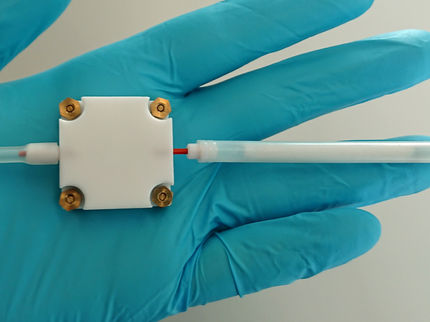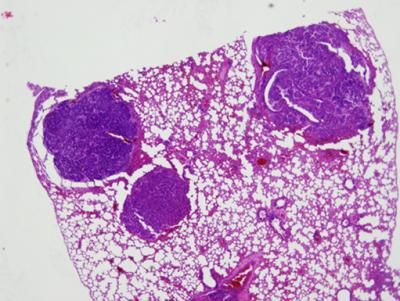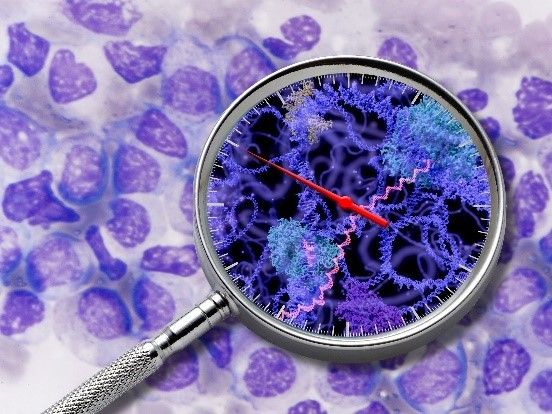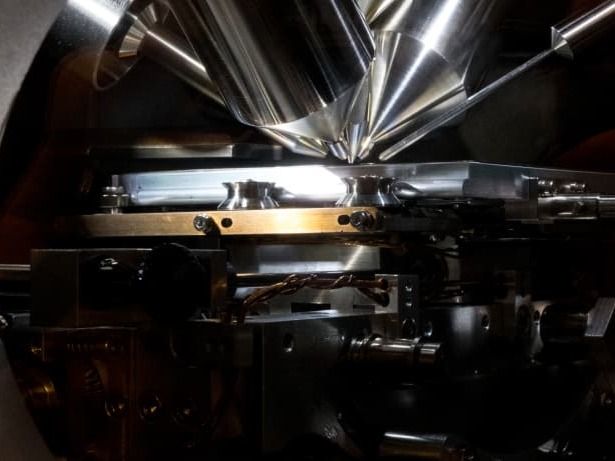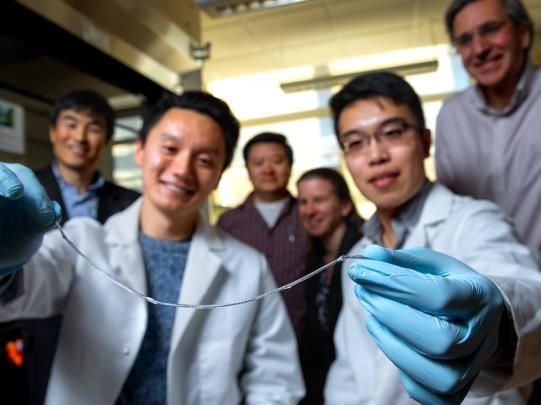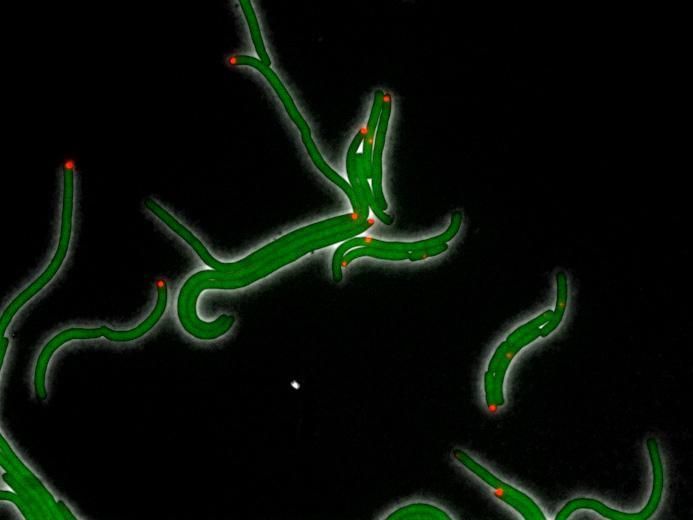Saliva test to detect GHB and alcohol poisonings
Scientists working at Loughborough University, UK, and the University of Cordoba, Spain, have developed a new method for the rapid diagnosis of poisoning in apparently drunk patients.
The saliva-based test offers the potential to screen for poisons commonly associated with the cheap or imitation manufacture of alcohol, and γ-hydroxybutyric acid, the so-called 'date rape' drug GHB.
"Many people attending accident and emergency departments have some kind of alcohol-related issue, particularly at the weekends," explains Paul Thomas, Professor of Analytical Science at Loughborough University, and co-author of the paper. "We're aiming to develop a test that is as simple as taking temperature with a thermometer that detects when patients are more than just drunk."
The researchers developed a test which detects the presence of methanol, ethanol, ethylene glycol, propan 1,3 glycol and γ-hydroxybutyric acid.
These chemicals were added to 'fresh' saliva collected from three healthy volunteers.
"It was particularly challenging stabilising concentrations low enough to be realistic simulations of what you'd expect to find clinically," adds Thomas. "But we've managed to make some sensitive measurements -- which is quite pleasing as saliva is a particularly complicated material to work with due to the presence of bacteria and their metabolites from the mouth, and ammonia at high enough levels to change the chemistry of the measurement system unless carefully managed."
Once the chemicals were added to the fresh saliva the researchers used an oral sampler to extract methanol, ethanol, ethylene glycol, 1,3-propandiol and γ-hydroxybutyric acid. The compounds were detected using gas chromatography-differential mobility spectrometry.
"We were surprised at the ease at which we could detect γ-hydroxybutyric acid," continues Thomas. "It's both a polar and acidic molecule - but it turned out to be easy to detect, even at the low concentrations we were studying."
The researchers are now working on running trials of their test in a clinical setting, on patients in emergency departments.
"We're hoping to demonstrate that this test will be simple, effective and useful for clinicians to use," concludes Thomas. "I think this is a very exciting area of research and in the next few years there will be a host of simple tests on breath, skin and saliva that will aid with diagnosis in hospitals."
Original publication
L Criado-García; "A rapid and non-invasive method to determine toxic levels of alcohols and γ-hydroxylbutyric acid in saliva samples by gas chromatography-differential mobility spectrometry"; J. Breath Res.; 2016
Other news from the department science
Most read news
More news from our other portals
See the theme worlds for related content
Topic world Gas chromatography
Gas chromatography is an essential method in analytical chemistry for the separation and analysis of volatile compounds. Due to its high resolution and sensitivity, it has become firmly established in areas such as environmental analysis, food chemistry or forensic science. GC provides precise and reliable results and enables deep insights into the chemical composition of samples.

Topic world Gas chromatography
Gas chromatography is an essential method in analytical chemistry for the separation and analysis of volatile compounds. Due to its high resolution and sensitivity, it has become firmly established in areas such as environmental analysis, food chemistry or forensic science. GC provides precise and reliable results and enables deep insights into the chemical composition of samples.
